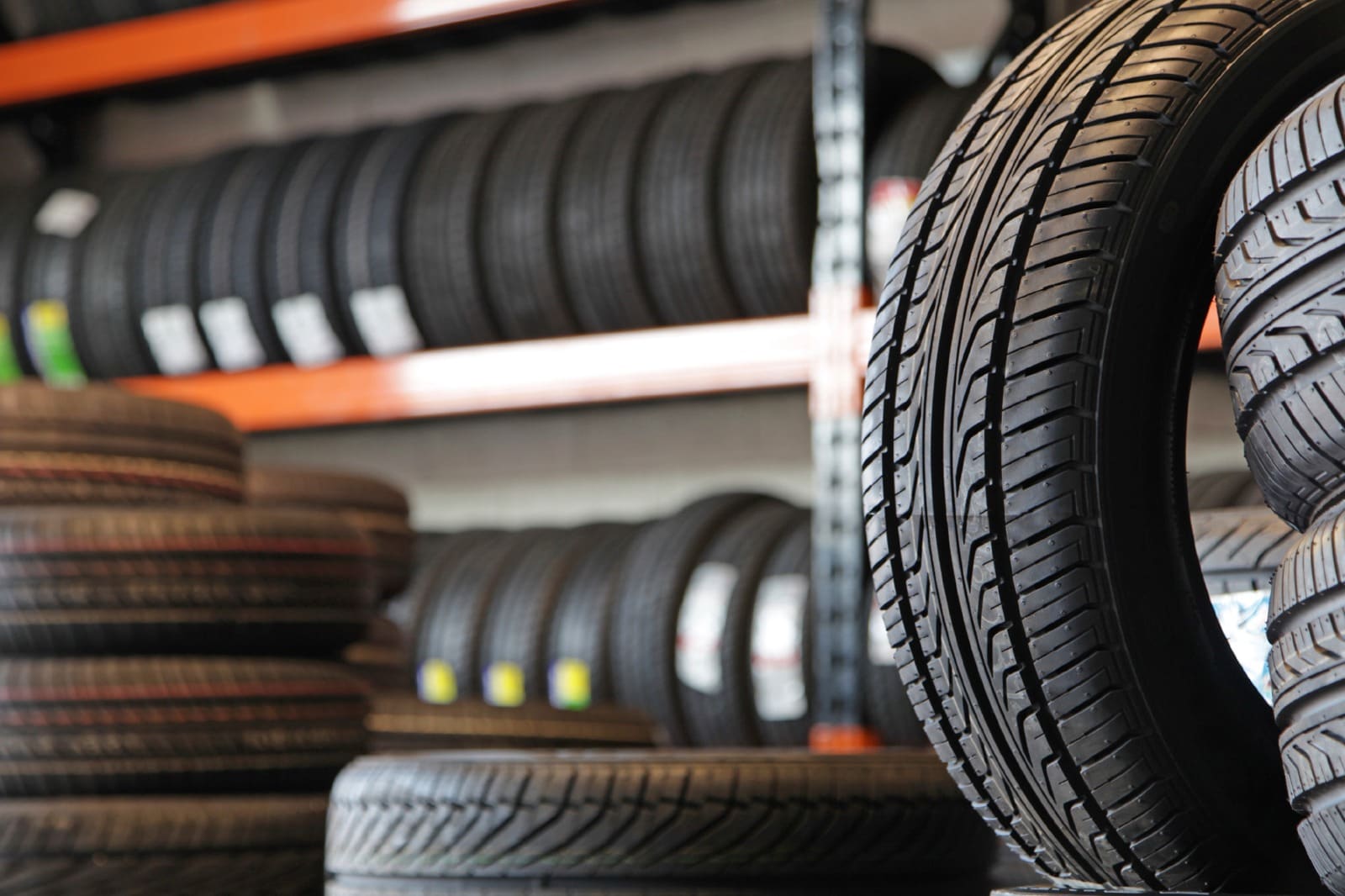All Categories
Featured
Table of Contents
The Michelin provided a comfy driving experience, qualified by responsive steering and a progressive understeer balance. Regardless of the cooler screening problems, Michelin's regular time and grip over three laps suggests its viability for real-world applications.
The tire's first lap was a 2nd slower than the 2nd, directing to a temperature-related hold boost. For everyday use, the Michelin might be a safer bet.
Top Budget Tyres Near Me
It shared Michelin's risk-free understeer balance but did not have the latter's desire to turn. Continental and Goodyear's performances were notable, with Continental's new PremiumContact 7 showing a considerable improvement in damp conditions compared to its precursor, the PC6. This design was much much less conscious pack modifications and acted just like the Michelin, albeit with a little much less interaction at the restriction.
It combined the secure understeer equilibrium of the Michelin and Continental with some stylish handling, confirming both foreseeable and fast. As an all-rounder for this Golf GTI, Goodyear's Crooked variety was the standout, demonstrating excellent performance in the damp. The Bridgestone Potenza Sporting activity took the crown as the fastest tire, albeit by a tiny margin.
Chauffeurs seeking an interesting wet drive may find this tire worth taking into consideration. The standout performer in wet stopping was the newest tire on test, the PremiumContact 7, though the results are nuanced.
Affordable Tyre Installation
Preferably, we desired the chilly temperature level examination to be at around 5-7C, yet logistical hold-ups indicated we evaluated with an average air temperature level of 8C and water at 12C. While this was cooler than conventional examination problems, it was still warmer than real-world conditions. The warm temperature test was done at approximately 18C air and 19C water.
The third run entailed damp braking examinations on used tyres, particularly those machined down to 2mm with a little run-in. While we meant to do more with these worn tyres, climate constraints restricted our screening. Nevertheless, it's worth noting that wet braking is most important at the used state, as tires typically boost in dry problems as they put on.

Bridgestone, Goodyear, and Michelin saw the least performance reduction when used. The Hankook tire signed up the smallest performance decline as temperatures cooled, yet it was amongst the most affected when worn.
Top Cheap Car Tyres
The take-home message below is that no solitary tyre mastered all facets of wet braking, showing a complicated interplay of elements affecting tyre efficiency under different problems. There was a standout tire in aquaplaning, the Continental completed top in both straight and rounded aquaplaning, with the Michelin and Goodyear likewise great in deeper water.

Yokohama can benefit from slightly even more hold, a concern possibly influenced by the colder conditions. When it comes to taking care of, all tyres done within a 2% array on the lap, demonstrating their high-quality performance (Tyre replacement). However, thinking about these tires essentially target the same consumer, it's fascinating to observe the substantial distinctions in feeling.
The shock is because the PremiumContact 6 was among my favourites for stylish dry drives, yet its follower, the PremiumContact 7, seems much more fully grown and resembles Michelin's performance. Among these, Hankook was the least exact in guiding and interaction at the limit. Tyre fitting services. Both Michelin and Continental supplied lovely initial steering, albeit not the fastest
If I were to advise a tyre for a rapid lap to a newbie, state my daddy, it would certainly be just one of these. We have the 'fun' tires, particularly Yokohama and Bridgestone. Both were speedy to steer and felt sportier than the others, yet the compromise is a much more playful back side, making them extra tough to handle.
Leading Tyre Maintenance (Bennett Springs 6063 WA)
It provided similar steering to Bridgestone however used far better responses at the limit and better grip. The Bridgestone Potenza Sport, nevertheless, appeared to degrade quite promptly after just three laps on this demanding circuit. There's Goodyear, which positioned itself someplace in between the enjoyable tires and those having a tendency in the direction of understeer.
All in all, these tires are exceptional entertainers. In terms of tyre wear, the technique used in this examination is what the sector refers to as the 'gold criterion' of wear.
Both the Bridgestone and Yokohama tires significantly underperformed in contrast to the other 4 tires in terms of rolling resistance, with Continental a little exceeding the remainder. Pertaining to the comfort degree of the tyres, as prepared for, the majority of showed an inverse correlation with handling. The Continental, Michelin, and Goodyear tyres performed best throughout different surface kinds examined.

Bridgestone began to show signs of suppleness, while Yokohama was especially rough over craters. We did measure internal sound levels; nonetheless, as is often the instance, the outcomes were closely matched, and as a result of weather constraints, we were incapable to carry out a subjective analysis of the tyres sound. We looked at abrasion numbers, which determine the amount of tire walk lost per kilometre, normalised to a one-tonne automobile.
Tyre Care
This figure represents the quantity of rubber dust your tyres create while driving. Michelin led in this group, creating over 9% much less rubber particle matter. On the other hand, Hankook generated 32% even more. This is an element I think the industry should concentrate on even more in the future, and it's something Michelin is promoting.
Latest Posts
Vehicle Tyres Near Me (Bayswater)
Tyre Replacement – West Swan
Tyre Safety ( Stirling 6059 WA)